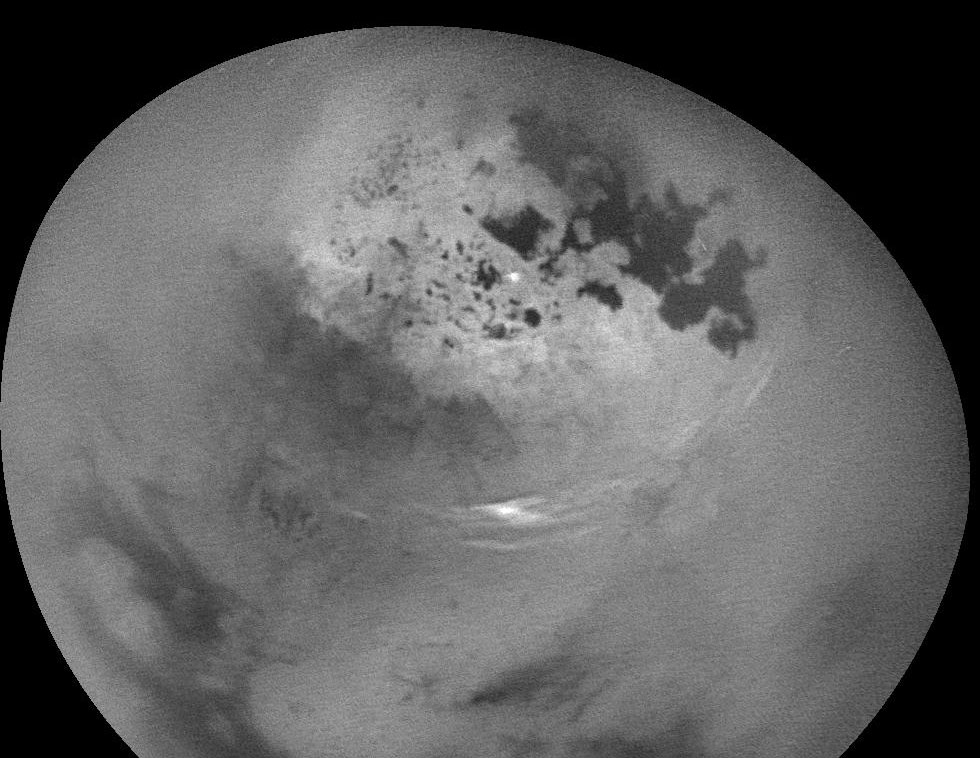Nasa has released a series of pictures that demonstrate a new landscape of Saturn. The Cassini-Huygens mission, sent to that planet on 2004, could take pictures that show a mysterious structure of Saturn rings, and also a particular cloud movement in that planet´s most important moon, Titan.

About the rings
The photos taken by the space mission might confuse astronomers even more than they were. They are not sure that the rings have always appeared this way, or if this is the product of years of continued evolution. said the NASA
‘The rings are made up of many smaller ringlets that blur together when seen from a distance”, said the NASA. According to them it was a found a slight variation in the structure previously known by them. Scientists now see themselves in a debate involving the nature of this changes.
About Titan
This time, the Cassini-Huygens captured an impressive video that shows the cloud movement happening in the largest moon surrounding Saturn. In relation of what we may think is a natural, relaxing and serene cloud moment, on Titan, it’s definitely the opposite.
NASA released the video this Monday, and it shows how these clouds develop, move and disappear over an 11-hour lapse.
“Most prominent are long cloud streaks that lie between 49 and 55 degrees north latitude. While the general region of cloud activity is persistent over the course of the observation, individual streaks appear to develop then fade. These clouds are measured to move at a speed of about 14 to 22 miles per hour (7 to 10 meters per second),” NASA established in a press conference.
Ending of the mission
On this same conference, they confirmed that the climate predictions they had been having the past years, were pretty much mistaken. They admitted that there isn’t enough information to sustain any possible scenarios on season changing on this satellite.
The Cassini-Huygens space probe is a cooperative project between NASA, ESA (European Space Agency) and the Italian Space Agency, and the images that it collects all go to the operations center located in Colorado. This spacecraft will auto-destroy itself in next November, flying into Saturn, thus completing the mission.
Source: Daily Mail
